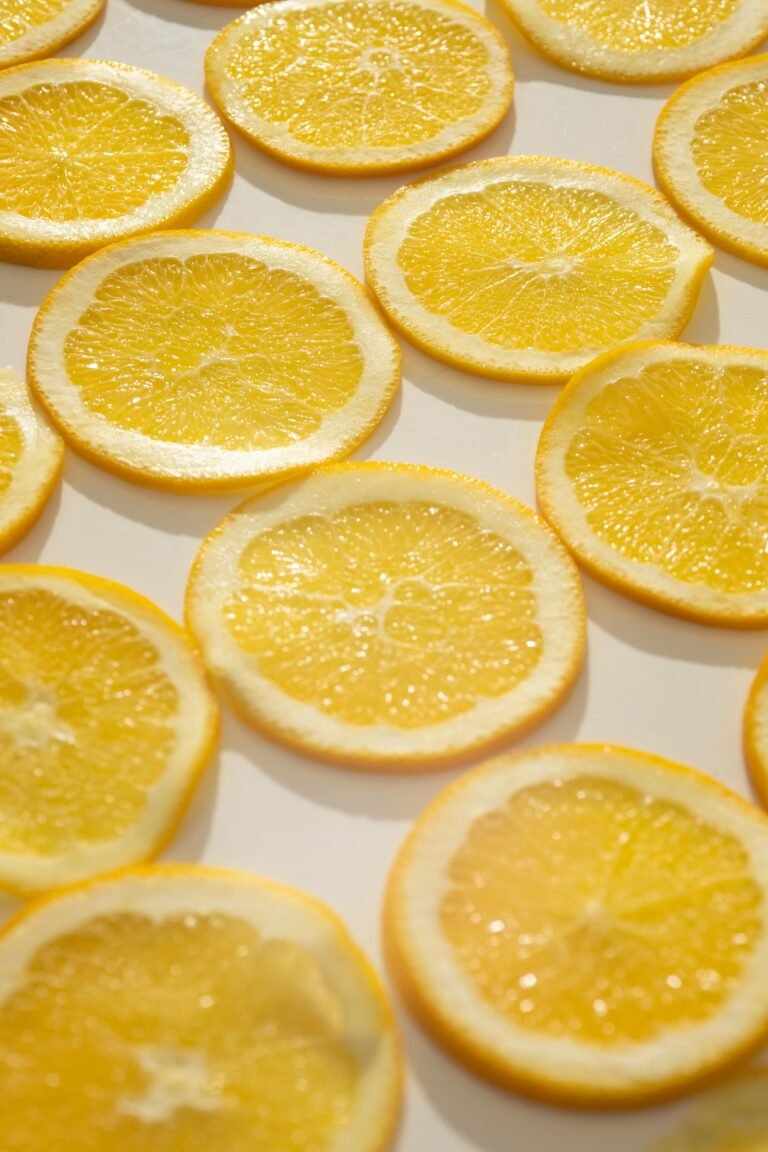3 tricks to not get hungry if you are on a diet
Those on a diet know this well. It’s hard to cut calories and not get hungry.
But if you are among those who want to lose weight and try to control themselves at the table, here are 3 tricks to not get hungry and be able to maintain the good resolutions to lose weight.
These are small tricks that do not require any effort of will, but which in my experience can be really effective in not feeling hungry.
3 TRICKS TO NOT HUNGER YOU ARE ON A DIET
-
Never leave the table hungry.
It is okay not to eat until full, but if the plate seems miserable and already when you are at the table you know that you are not satisfied, after two or three hours the situation will definitely get worse.
At that point it is practically human to overstep.
It is useless to think that you can control yourself.
So we can start by reviewing our diet meals with some substitutions and adding more food, especially in the form of fiber, to our dishes.For example, an addition of raw vegetables with lemon juice and a hint of mustard plus spices, vegetables such as raw fennel, radishes, cucumbers, celery, to eat before the main course, allow you to arrive at the end of the meal without hunger.
Another trick can be shirataki , to be eaten not every day, but for example also twice a week.
A plate of konjac noodles or rice has 10 to 20 calories maximum, and can be topped with the vegetable side of your diet. This is my absolute favorite brand: Slendier Shirataki Fettuccine.
Then the choice of the side dish is essential!
Steamed broccoli or cauliflower, raw carrots, sautéed leafy vegetables work much more in terms of satiety than the classic salad.
Finally, instead of pasta , consider tubers or roots such as potatoes, sweet potatoes, beets.
50 grams of pasta or rice from a dietetic plan correspond in terms of calories to about 240 grams of normal potatoes, about 200 grams of sweet potatoes and 400 grams of beets (raw weight).
So if pasta or rice seems poor on your plate, why not try natural carbohydrate alternatives? Otherwise, choose soy or rice noodles.
50 grams of soy or rice noodles are a dish corresponding by volume to 100 grams of traditional pasta. These are spaghetti that swell a lot during cooking. Same calories but double serving.
Finally, legumes: 55 grams of dried legumes correspond to 50 grams of pasta or rice. Cooked in water, with bay leaves and other aromatic herbs, they can be a much more satiating first course. -
Focus on proteins.
If we are on a slimming and low-calorie diet, the protein intake must be increased at least in this phase.
Furthermore, proteins allow us to reduce the glycemic load of the dish, and are the most satiating macronutrient.If your diet includes a 125-gram low-fat fruit yogurt snack, change it for 120 grams of white skimmed Greek yogurt, adding stevia or other sweetener.
Not only does it contain less sugar, but it is more protein and satiating.
Every meal, from breakfast to dinner, must have a protein food. Greek yogurt, cottage cheese, poultry, bresaola, shellfish, white fish, tofu, legumes.
This reduces the sugar load, reduces the glycemic load, satisfies us, promotes the maintenance of lean mass. -
Snack smart.
In your diet plan, it is better to eat often but little than three meals that do not satisfy you.
So inserting smart, fiber-rich snacks below 80-100 calories allow you to avoid the unexpected hunger trap that threatens to screw up your diet.Here are some 80 calorie examples.
10 almonds.
One hundred grams of sliced apple + 7 grams of extra dark chocolate.
Two wasa slices (blue pack) with 3 teaspoons of Melinda apple compote.
15 grams of Grana Padano plus a medium cucumber.
Light cocoa pudding ( see the recipe ) + a cup of green tea with half a teaspoon of honey.


























+ There are no comments
Add yours